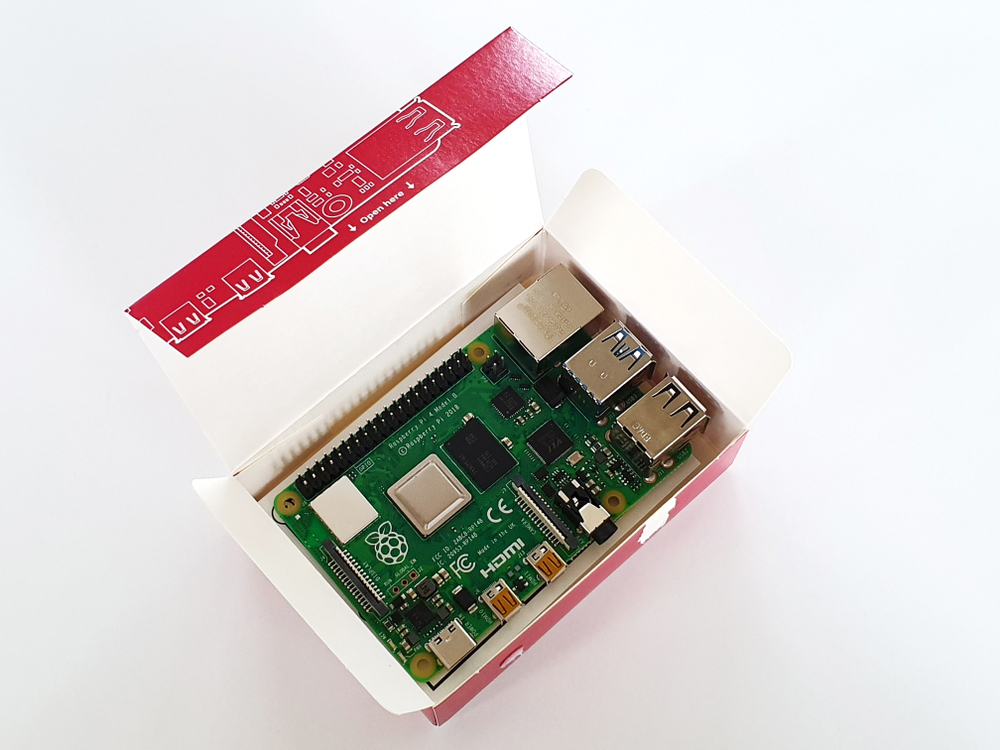Raspberry Pi 4 Finally Gets Official RetroPie Emulator Support With New Beta

RetroPie is one of the leading retro gaming emulator platforms available for the Raspberry Pi. This week, the team released RetroPie 4.6, a beta designed with support for the Raspberry Pi 4. This is the first time RetroPie has been officially ported to the Pi 4.
RetroPie 4.6 uses Raspbian Buster as a base for the new pre-built images. Previous editions were using Raspbian Stretch, which is no longer officially supported by Raspberry Pi Trading Ltd. RetroPie is phasing out Stretch support through the end of the year.
EmulationStation has been updated to version 2.9.1 and RetroArch to version 1.8.5. According to the development team, most of the emulators are running well on RetroPie 4.6. They also added improvements to both the RetroPie packaging system and RetroPie-Setup code.
If you'd like to check out the latest RetroPie release, now’s your chance. The beta is available for download on the RetroPie website. You can download a ready-to-go RetroPie image or install RetroPie on top of an existing OS. We also detail how to install RetroPie and other emulators in our article How to Run Emulators Like RetroPie on Raspberry Pi 4.
This is a beta, so remember that unexpected issues can arise. The team welcomes anyone using the beta release to report issues and share feedback on their forums.
Get Tom's Hardware's best news and in-depth reviews, straight to your inbox.

Ash Hill is a contributing writer for Tom's Hardware with a wealth of experience in the hobby electronics, 3D printing and PCs. She manages the Pi projects of the month and much of our daily Raspberry Pi reporting while also finding the best coupons and deals on all tech.
-
dannyboy3210 Woo!Reply
I tried installing it last week with a guide from Tomshardware from like October that failed, now I can try again! -
Giroro Dang. I literally installed Lakka on my Pi4 yesterday, and spent most of the night getting frustrated with the lack of easy information about how to configure N64 cores or what the settings do. And then more frustrated when I couldn't find a way to reset the cores to default after I broke them, how to configure a core that crashes because the settings are only shown when it's running... or what the default settings were supposed to be in the first place.Reply
I might have to write off yesterday's work and redo everything in Retro Pie, just to be in an ecosystem that vaguely aligns with what all the outdated pi3 emulation optimization tutorials are talking about.
Or I can just figure out how to use Lakka, but so far I haven't even been able to figure out if there's a way to change between graphics plugins, or even which one is being used by Mupen64plus and/or the other Mupen64plus - or in parallel-64 (which Lakka's documentation mostly just tells me also used to be called Mupen64plus).